The relentless march of climate change has forced scientists to explore unconventional solutions, and one of the most promising—yet often overlooked—lies beneath our feet. Basalt, a common volcanic rock, is emerging as a geological ally in the fight against rising carbon dioxide levels. Unlike speculative geoengineering schemes, basalt carbon sequestration offers a tangible, natural process accelerated by human ingenuity. This isn’t science fiction; it’s a time-tested planetary mechanism repurposed for the Anthropocene.
When CO2 meets basalt, something remarkable happens. The gas mineralizes, transforming into solid carbonate compounds like calcite or magnesite. This isn’t merely storage—it’s a near-permanent lockdown. While conventional carbon capture and storage (CCS) schemes worry about leaks, mineralized CO2 in basalt stays put for geological timescales. Iceland’s CarbFix project has demonstrated this brilliantly, injecting CO2 into basaltic formations where over 95% mineralized within two years. Nature’s recipe—water, rock, and pressure—works even better with human assistance.
The chemistry is elegant in its simplicity. Basalt’s richness in calcium, magnesium, and iron provides the perfect reactants for carbonation. When dissolved CO2 in groundwater encounters these metals, they combine to form stable carbonates. This process mimics Earth’s natural carbon cycle but at industrial speed. What normally takes millennia now occurs within years through engineered injections. The Columbia River Basalt Group in the U.S. Pacific Northwest, stretching across 164,000 square kilometers, could theoretically swallow billions of tons of CO2 this way.
Critics often highlight the energy requirements of carbon capture technologies, but basalt mineralization sidesteps many hurdles. Unlike CCS projects that demand pure CO2 streams, basalt can handle flue gas directly from power plants. The Hellisheidi geothermal plant in Iceland proves this, injecting a mix of CO2 and hydrogen sulfide into basalt where both gases mineralize. This eliminates expensive separation steps, potentially slashing costs by 30-50% compared to conventional CCS. The rock does the heavy lifting.
Water plays an unexpected role in this alchemy. Contrary to intuition, mineralization works faster in water-saturated basalt. The liquid acts as a conveyor belt, transporting CO2 molecules deeper into the rock’s fracture network where reactive surfaces abound. This explains why coastal basalt formations—like those in India’s Deccan Traps or Brazil’s Paraná Basin—are prime candidates. Their natural hydrology supercharges the carbonation process without requiring artificial pumping systems.
The scalability of basalt carbon storage is staggering. Global basalt deposits could theoretically sequester all anthropogenic CO2 emissions for centuries. Smaller nations like Iceland or Hawaii won’t move the needle globally, but India’s Deccan Traps—covering 500,000 square kilometers—or Siberia’s Traps could become carbon sinks for entire continents. Unlike reforestation projects vulnerable to wildfires or policy shifts, mineralized carbon remains inert through political upheavals and climate shifts.
Economic incentives are crystallizing alongside the science. The 45Q tax credit in the United States now offers $50-85 per ton for mineral sequestration, making basalt projects financially viable. Startups like Carbfix and Solid Carbon are attracting venture capital, while traditional oil companies are repurposing drilling expertise for injection wells. In Australia, researchers are testing direct air capture systems paired with basalt mineralization—a potential game-changer for negative emissions.
Yet challenges persist like fractures in the rock itself. Not all basalt is created equal; porosity and mineral composition vary dramatically between flows. Pilot projects in Washington State revealed that some basalt layers mineralize CO2 ten times faster than others. Then there’s the water issue—while essential for reactions, excessive water use could spark conflicts in arid regions. The technology also faces a chicken-and-egg problem: widespread deployment requires infrastructure that only becomes affordable at scale.
Public perception remains another hurdle. The term “injection” conjures images of fracking controversies, though basalt sequestration involves fundamentally different mechanics. Educating communities near potential sites—particularly in developing nations with prime basalt geology—will prove as crucial as the science itself. Successful models like CarbFix’s community engagement in Iceland provide blueprints for social license.
The geopolitical implications are profound. Countries blessed with extensive basalt formations—from Ethiopia’s flood basalts to Indonesia’s volcanic archipelagos—could transform geological luck into climate leadership. This isn’t just about offsetting emissions; it’s about creating a new commodity: verifiable, permanent carbon storage. Future climate accords might include basalt capacity as a bargaining chip, reshaping global power dynamics around who can store carbon as much as who emits it.
As the technology matures, hybrid approaches are emerging. Some projects now combine basalt injection with enhanced weathering—crushing basalt into powder to accelerate surface-area reactions. Others are experimenting with electrolysis to boost mineralization rates using renewable energy. These innovations point toward a future where carbon sequestration isn’t a single solution, but a suite of techniques tailored to local geology and infrastructure.
What makes basalt carbonation uniquely compelling is its legacy thinking. Unlike temporary storage solutions that pass the buck to future generations, mineralization offers finality. The CO2 our civilization emits today could literally become stone beneath our children’s feet—a geological archive of our decision to intervene in Earth’s carbon cycle. In an era craving permanence amid climate chaos, that’s more than innovation; it’s a form of environmental poetry written in rock.
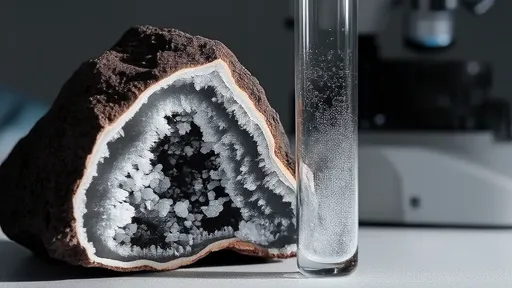
By /Jul 18, 2025

By /Jul 18, 2025

By /Jul 18, 2025

By /Jul 18, 2025

By /Jul 18, 2025
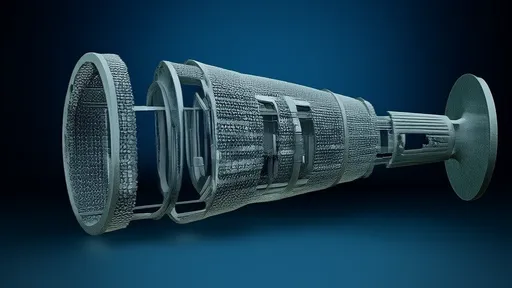
By /Jul 18, 2025

By /Jul 18, 2025

By /Jul 18, 2025
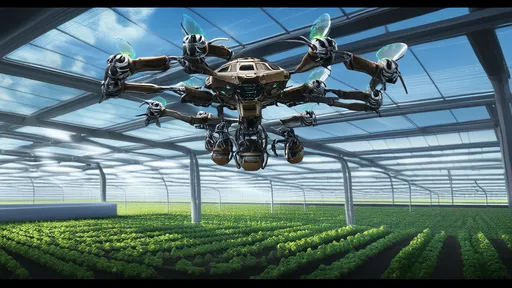
By /Jul 18, 2025
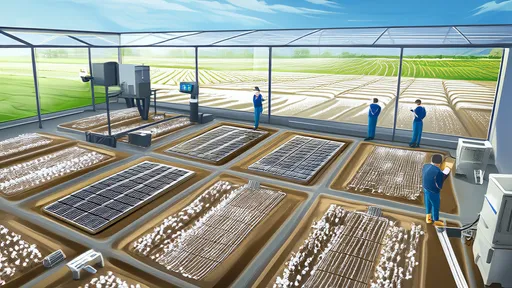
By /Jul 18, 2025

By /Jul 18, 2025
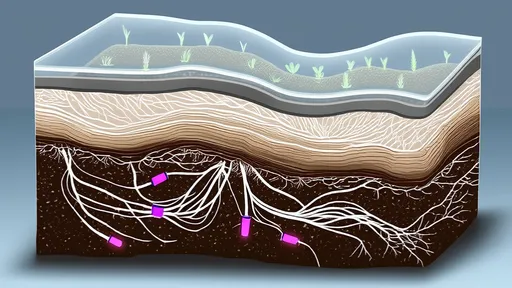
By /Jul 18, 2025
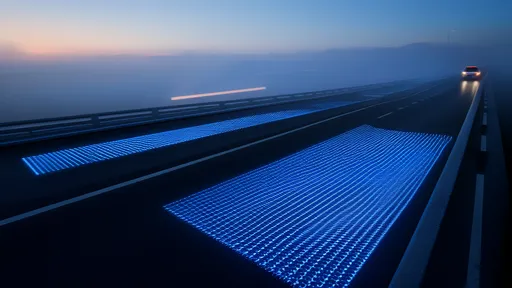
By /Jul 18, 2025

By /Jul 18, 2025

By /Jul 18, 2025
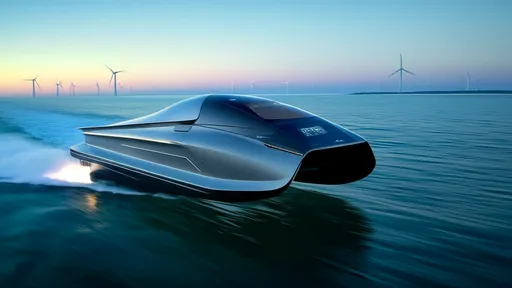
By /Jul 18, 2025
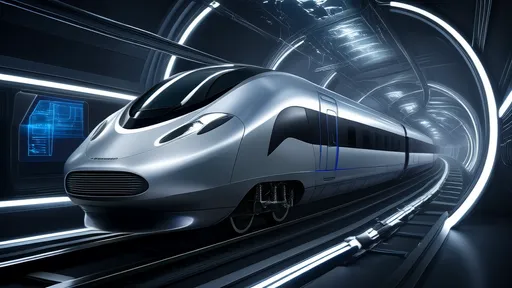
By /Jul 18, 2025
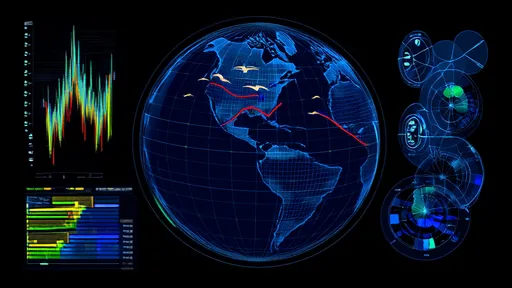
By /Jul 18, 2025